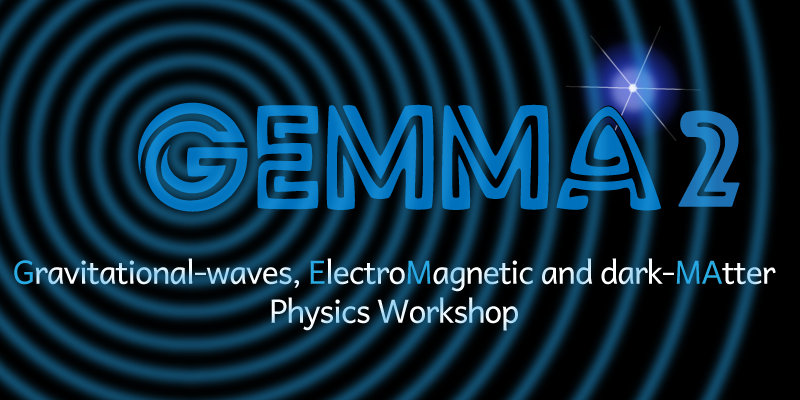Description
Following the historic discovery of signals from coalescing black hole and neutron star (NS) binaries, the new frontier in gravitational wave (GW) science is the search for new classes of GW sources. In this respect, long transient signals, emitted by fast-rotating magnetars, hold great potential for a breakthrough discovery in the forthcoming LIGO/Virgo/KAGRA (LVK) science runs. Various mechanisms may underlie the formation of a very large mass quadrupole in fast-spinning magnetars, e.g. strong interior magnetic fields, a secular bar-mode instability and the formation of accretion-induced “mountains” on the NS surface. An electromagnetic (EM) counterpart of such GW long transients is generically expected, as fast-spinning magnetars are formed in core-collapse (CC) supernovae or binary NS mergers. In these events, a characteristic early UV signal is also expected as the shock driven by the explosion breaks out of the progenitor envelope (shock break-out; SBO). Predicted GW signals have much weaker strain amplitudes than those of coalescing binaries, but their durations are typically much longer, such that significant signal-to-noise ratios are attainable in the LVK data. However, the detection of GW long transients presents formidable challenges in terms of analysis techniques, computing power and astrophysical input. These are tackled in the present program via a multidisciplinary approach. The goal is to design an optimal multi-messenger strategy through a strong GW and EM synergy; in this context, the UV satellite ULTRASAT will play a pivotal role, since the detection of SBOs is one of the primary ULTRASAT scientific goals. We aim to carry out the most sensitive searches to date for GW long transients, extending to a distance of at least 4-5 Mpc, within which an event rate ~ 0.1 yr-1 is estimated during the O5 science run. In the future, the greatly improved sensitivity of third generation detectors like the Einstein Telescope will extend the search horizon by a factor ≥ 7, and the corresponding event rate by > 10. To this end, we will develop new dedicated GW data analysis algorithms, optimized for directed searches. The detection of SBOs will represent the ideal EM trigger for such searches, as SBOs provide the earliest and most accurate indication of the collapse time and sky localisation of a potential GW source.

